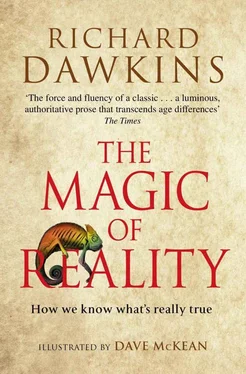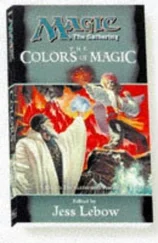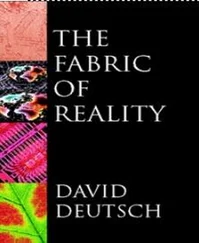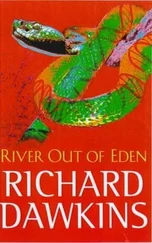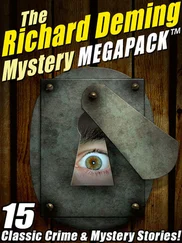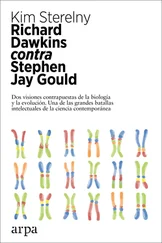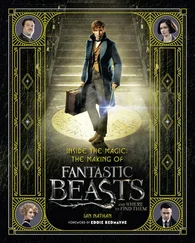Let’s carry on imagining a bigger and bigger cannon, more and more powerful: so powerful that the ball travels a really long way before it goes into the sea. Now the curvature of the Earth starts to make itself felt. The ball is still ‘falling’ the whole time, but because the planet’s surface is curved, ‘horizontal’ now starts to mean something a bit odd. The cannonball still follows a graceful curve, as before. But as it slowly curves towards the sea, the sea curves away from it because the planet is round. So it takes even longer for the cannonball finally to splash down into the sea. It is still falling all the time, but it is falling around the planet.
You can see the way the argument is going. We now imagine a cannon so powerful that the ball keeps going all the way around the Earth till it arrives back where it started. It is still ‘falling’, but the curve of its fall is matched by the curvature of the Earth so that it goes right round the planet without getting any closer to the sea. It is now in orbit and it will keep on orbiting the Earth for an indefinite time, assuming that there is no air resistance to slow it down (which in reality there would be). It will still be ‘falling’, but the graceful curve of its prolonged fall will go all around the Earth, and around again and again. It will behave just like a miniature moon. In fact, that is what satellites are – artificial ‘moons’. They are all ‘falling’ but they never actually come down. The ones that are used for relaying long-distance telephone calls or television signals are in a special orbit called a geostationary orbit. This means that the rate at which they go around the Earth has been cunningly arranged so that it is exactly the same as the rate at which the Earth spins on its own axis: that is, they orbit the Earth once every 24 hours. This means, if you think about it, that they are always hovering above exactly the same spot on the Earth’s surface. That is why you can aim your satellite dish precisely at the particular satellite that is beaming down the television signal.
When an object, such as a space station, is in orbit, it is ‘falling’ the whole time, and all the objects in the space station, whether we think of them as light or heavy, are falling at the same rate. This is a good place to stop a moment and explain the difference between mass and weight, as I promised to do back in the previous chapter.
All objects in an orbiting space station are weightless. But they are not massless. Their mass, as we saw in that chapter, depends on the number of protons and neutrons they contain. Weight is the pull of gravity on your mass. On Earth we can use weight to measure mass because the pull is (more or less) the same everywhere. But because more massive planets have stronger gravity, your weight changes depending which planet you are on, whereas your mass stays the same wherever you are – even if you are completely weightless in a space station in orbit. You’d be weightless on the space station because you and the weighing machine would both be ‘falling’ at the same rate (in what is called ‘free fall’); so your feet would exert no pressure on the weighing machine, which would therefore register you as weightless.
But although you’d be weightless, you’d be far from massless. If you jumped vigorously away from the ‘floor’ of the space station, you’d shoot towards the ‘ceiling’ (it wouldn’t be obvious which was floor and which ceiling!) and, no matter how far away the ceiling was, you’d bang your head and it would hurt, just as if you had fallen on your head. And everything else in the space station would still have its own mass likewise. If you had a cannonball in the cabin with you, it would float about weightlessly, which might make you think it was light like a beach ball of the same size. But if you tried to throw it across the cabin, you’d soon know that it wasn’t light like a beach ball. It would be hard work to throw it, and you might find yourself shooting backwards in the opposite direction if you tried. The cannonball would feel heavy, even though it would show no special tendency to go ‘downwards’ towards the floor of the space station. If you succeeded in throwing the cannonball across the room, it would behave like any heavy object when it hit something in its path, and it would not be good if it hit one of your fellow astronauts on the head, either directly or after bouncing off the wall. If it hit another cannonball, the two would bounce off each other with a proper ‘heavy’ feel, unlike, say, a pair of ping-pong balls, which would also bounce off each other but lightly. I hope that gives you a feel for the difference between weight and mass. In the space station, a cannon ball has much more mass than a balloon, although both have the same weight – zero.
Eggs, ellipses and escaping gravity
Let’s go back to our cannon on the mountain-top, and make it more powerful still. What will happen? Well, now we need to acquaint ourselves with the discovery of the great German scientist Johannes Kepler, who lived just before Newton. Kepler showed that the graceful curve by which things orbit other things in space is not really a circle but something known to mathematicians since ancient Greek times as an ‘ellipse’. An ellipse is sort of egg-shaped (only ‘sort of’: eggs are not perfect ellipses). A circle is a special case of an ellipse; think of a very blunt egg, an egg so short and squat that it looks like a ping-pong ball.
There’s an easy way to draw an ellipse, while at the same time convincing yourself that a circle is a special case of an ellipse. Take a piece of string and make it into a loop by tying the ends together, in as neat and small a knot as you can. Now stick a pin in a pad of paper, loop the string around the pin, stick a pencil through the other end of the loop, pull it tight and draw all around the pin with the string loop at full stretch. You’ll draw a circle, of course.
Next, take a second pin and stick it in the pad, right next to the first pin so that they are touching. You’ll still draw a circle because the two pins are so close together that they count as a single pin. But now here’s the interesting part. Move the pins apart a few inches. Now when you draw with the string at full stretch, the shape you produce will not be a circle, it will be an ‘egg-shaped’ ellipse. The further apart you place the two pins, the narrower the ellipse will be. The closer you place the two pins to each other, the wider – the more circular – the ellipse will be until, when the two pins become one pin, the ellipse will be a circle – the special case.
Now that we have met the ellipse we can go back to our super-powerful cannon. It has already fired a cannonball into an orbit which we assumed to be nearly circular. If we now make it more powerful still, what happens is that the orbit becomes a more ‘stretched’, less circular ellipse. This is called an ‘eccentric’ orbit. Our cannon ball zooms quite a long way from the Earth, then turns around and falls back. Earth is one of the two ‘pins’. The other ‘pin’ doesn’t really exist as a solid object, but you can think of it as an imaginary pin out there in space. The imaginary pin helps to make the mathematics understandable for some people but if it confuses you just forget about it. The important thing to realize is that the Earth is not in the centre of the ‘egg’. The orbit stretches much further away from the Earth on one side (the side of the ‘imaginary pin’) than on the other (the side where the Earth itself is the ‘pin’).
We go on making our cannon more and more powerful. The cannonball is now travelling a long, long way from the Earth and is only just pulled back around to fall back towards Earth. The ellipse is now very long and stretched indeed. And there will eventually come a point where it ceases to be an ellipse altogether: we fire the cannonball even faster, and now the extra speed just pushes it beyond the point of no return, where the Earth’s gravity can’t summon it back. It has reached ‘escape velocity’ and disappears for ever (or until captured by the gravity of another body, such as the sun).
Читать дальше
